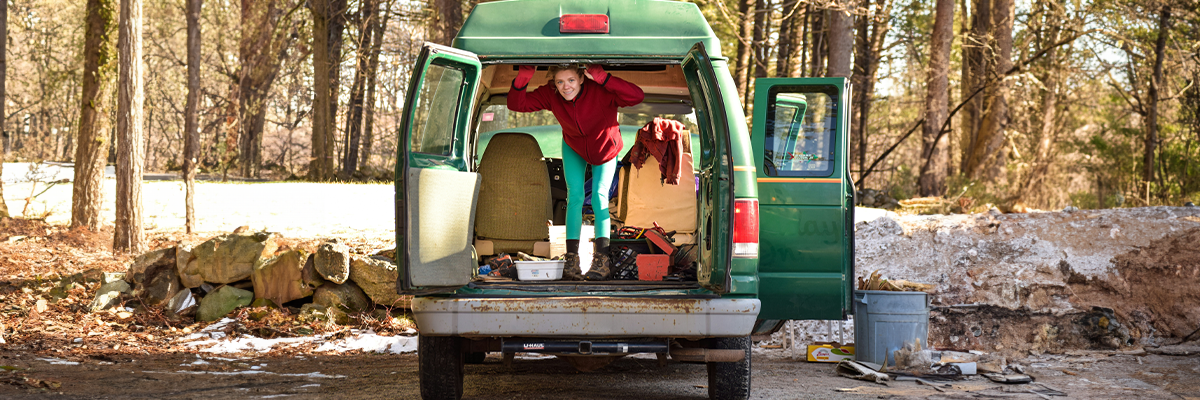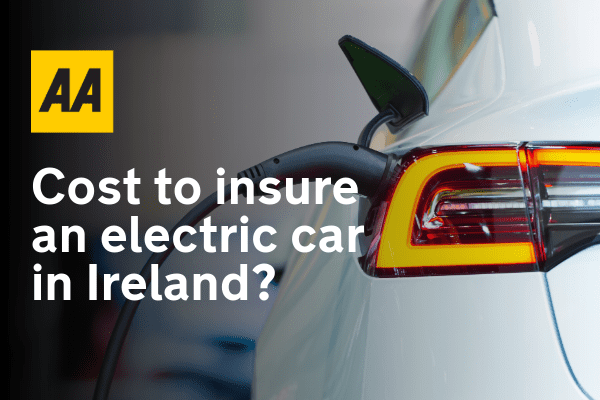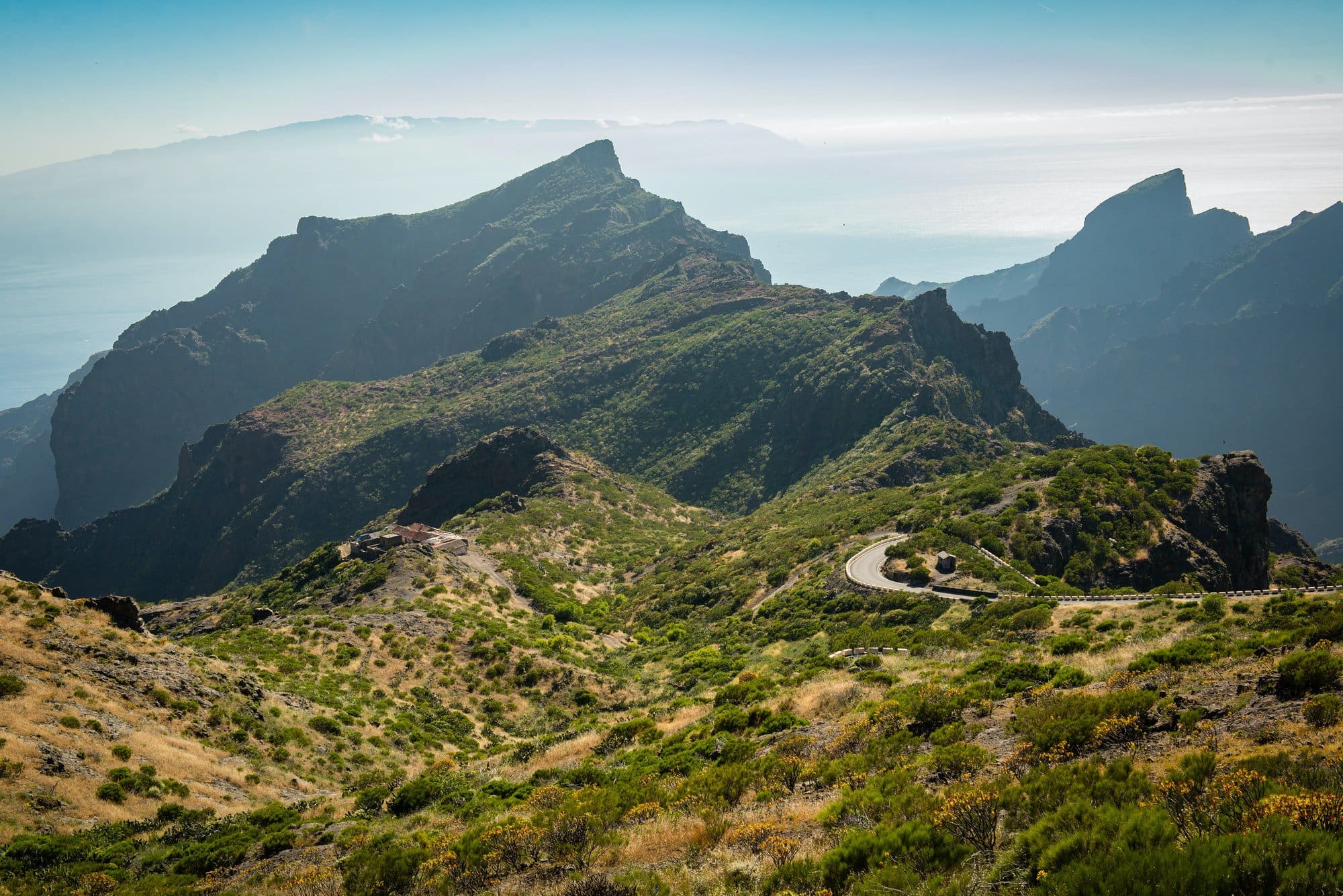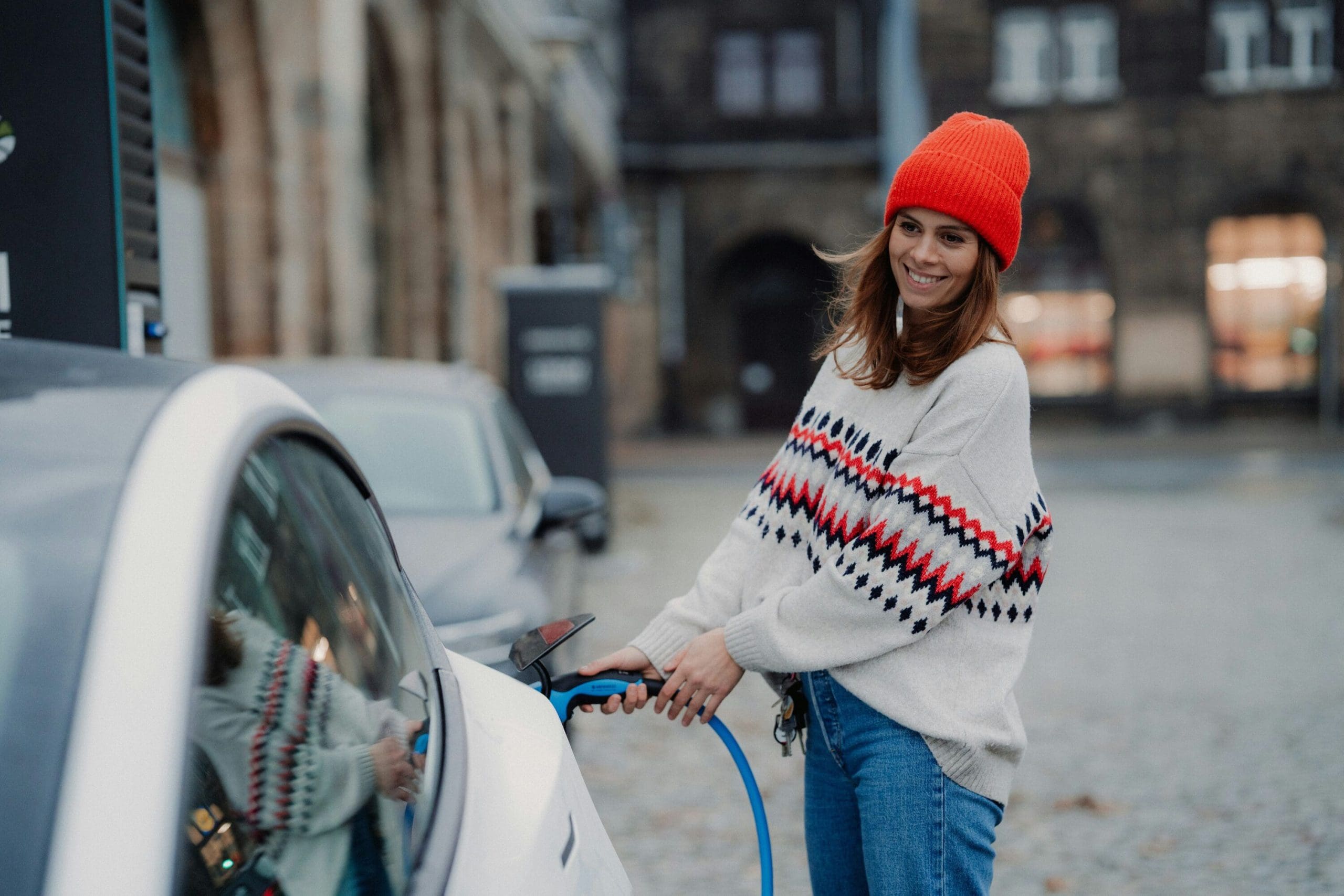The campervan craze is sweeping the nation. Don’t just take my word for it. Look at social media. Every second person is travelling around the country in their cool van, enjoying the comfort of their own kitchens and beds while also enjoying the wild outdoors.
If you’re on a budget and aren’t willing to invest in a new campervan, or if you would prefer to have the option to pick and choose your own interior, then you might look at renovating an older style or converting a van.
That’s when the questions take over your brain. How much will it cost? Do I need to hire someone to help me? Or can I do it myself?
Fear not. Here at AA Ireland we have your back. As well as conducting our own research, we decided to speak to Enda Reid from Oldboy Campers in Mayo to find out exactly what you need to know.
You’ll be travelling from Malin Head to Mizen Head via campervan sooner than you think!
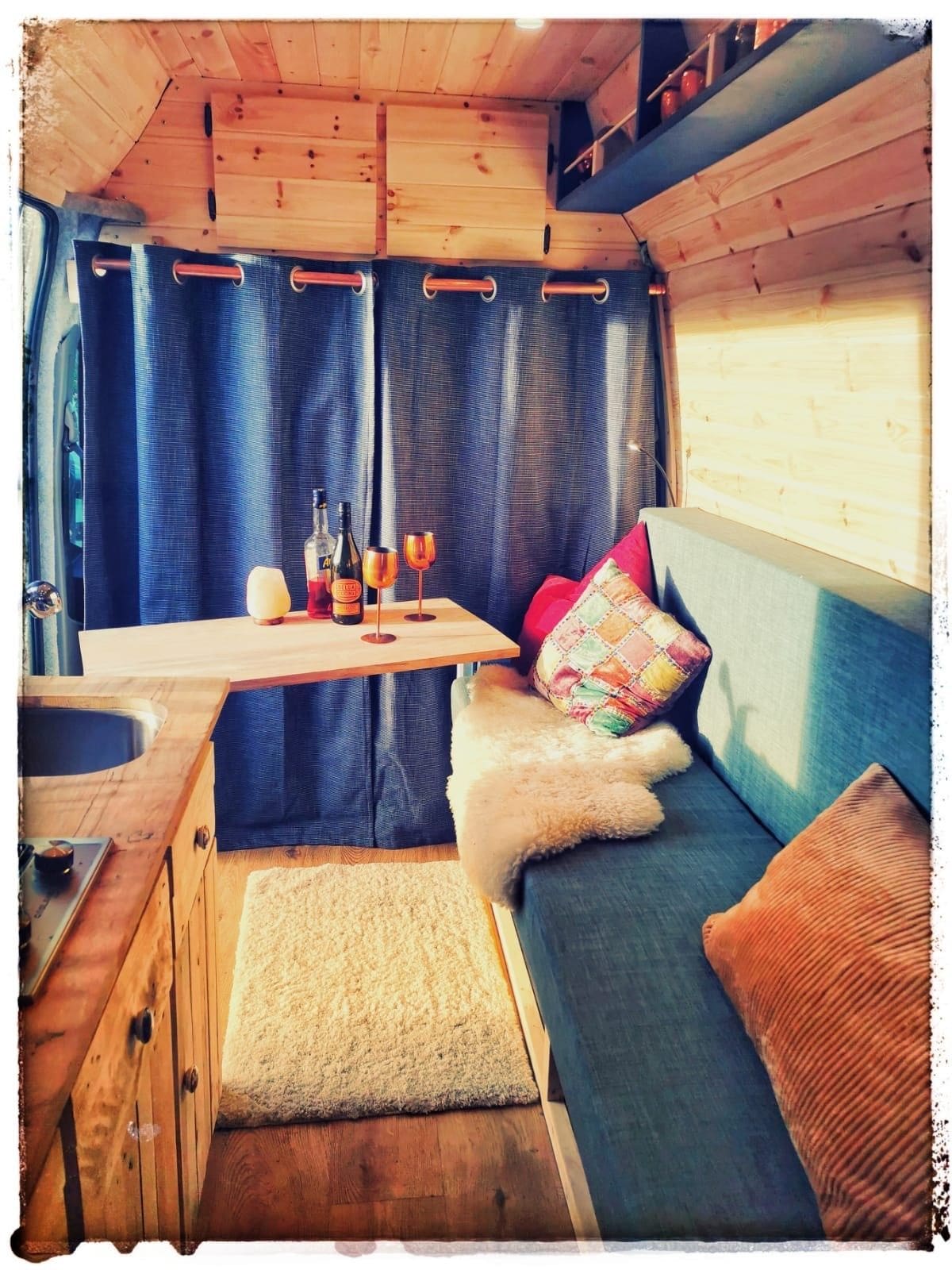
Where do I start converting a campervan?
According to Enda, the key thing is to “sit down and really plan it out”.
“Think about where you will be using the van, for how long, how many people there are, if there are pets or hobbies and what you need to store in your van.”
You need to ensure that the van is really what you want and need, before spending any money. Enda advises people to rent a van for a weekend or a week: “Take it away and think about how this van fits into your lifestyle and what you would do to change it. That will really help you design and build your own van”.
It’s a good idea too to set yourself a budget. While the cost of renovations may vary, it’s important to have a realistic budget that you can work with. Set yourself a timeframe, so you can ensure you have a goal to aim towards.
How to pick a van to convert into a campervan?
If you are looking at buying a van to convert, there are many options out there. You don’t have to stick to a particular style or size; however, it is important to be aware of height and weight considerations. Your van can get very heavy quite quickly and therefore, it’s very easy to exceed the maximum recommended weight inside the van.
Van weight
You also want the weight in your van to be evenly distributed, as you don’t want one side heavier than the other. If that’s the case it can, over time, wreak havoc on your tyres and suspension.
The usual rule is to put water storage on one side of the van, and your electrics on the other. This evens out the weight on both sides.
Another thing to be careful of is what materials you use. If you plan to have tiles, lots of wood or even granite in your van, keep in mind that this will add extra weight.
When you are buying your van, check the ‘payload’ with the manufacturer. This determines how much weight the vehicle can carry, including passengers. If you stick to this, you should be A-okay.
Van height
What height do you want your van to be? A tall van means you can stand up inside, but it will be difficult to drive in high winds (Conor Pass, here we come!). A smaller van will be easier to drive and park, but you won’t be able to stand up inside.
It’s important to check out the wheelbase of the van. This determines the distance between your front and rear wheels, and it affects the length of your van and its weight distribution.
Van mechanics
When you have researched the weight, length and height of the van, you will then need to make sure that it is in good shape mechanically. Check the engine, the bodywork, underneath the vehicle and the transmission. If you feel you aren’t suited to carrying out these checks, why not get AA Ireland to help you out?
Van fuel type
Next, check the fuel type – is it petrol or diesel? Petrol is considered great for shorter trips, whereas diesel is best for longer ones.
Van cost
Another factor to consider is the price. This is important, as the cost of buying the van is separate to building it. Keep that in mind, always.
There are many popular choices of van out there and each one has different roof heights, wheelbases and models. However, you will need to choose according to what suits your lifestyle needs. According to Enda, the most common used to be the Renault Master, but of late it’s the Peugeot Boxer.
You can purchase a van privately, or you can buy it second hand. If you are opting for the latter, the best sites are VanMonster, Adverts, CarZone or Donedeal. But, if you are buying a second hand van, make sure to check that there is no outstanding finance on the vehicle, get a mechanic to have a look at it first, check what the mileage is like and how many previous owners there were.
Risks of buying an old campervan
You might want to ditch the idea of converting a van and buying an older campervan with the aim of renovating it. Enda says you need to be careful if that’s the case.
“If people are looking at buying an old campervan, it’s an absolute minefield in this country. You don’t really get campervans which are in good condition up for sale. People don’t really sell them. So you really have to look at why people are selling it, and you have to bring a mechanic with you to inspect the vehicle thoroughly.”
“That will ultimately save you a lot of money in the long run.”
What renovations are involved in converting a van?
Firstly, you need to think about your needs and plan the layout properly. If it is a small space, you will need to use every inch of the van wisely. How tall are you? How many people will be sleeping in the van? Do you plan to cook in it? How many windows do you need? How much storage space is required?
If you are employing a company to convert your van, ensure you sit down with them and get all the answers to your questions.
“I would have an in-depth conversation with the client that would determine the layout that we’re going to build. I will then take that and issue a post for the work. Once that’s signed off, I would then design the entire build in a 3D modelling software on the computer. So we get a visual representation of exactly how the build would look,” says Enda.
At Oldboy Campers, clients buy the van and bring it to them: “The only stipulation we require is that it is in driving condition. We would then strip the van back to the bare minimum, take up the floor, any panels in the van we treat and clean it. Any rust spots or damage would be looked at.”
Next is insulation and preparation: “We use a closed cell spray foam insulation around the entire van. That’s professionally applied here in Mayo.”
“The preparation just involves putting in all your wooden battens that will support your walls and ceiling and any extra supports that are needed for cabinets.”
After the preparation and insulation, they begin the wiring process.
“We run all the wires around the van that will be needed for both 12 volts and 240 volts electrics and any other necessary cables or leads that will need to be fitted behind the finished walls or ceiling.”
Enda says that Oldboy Campers use a lot of wood in their builds and everything is fitted out by hand in a workshop: “We follow the natural steps to fit it out – the walls, the floor, the ceiling, the kitchen, the bed area. We then put in the roof lights, sky lights and the windows.”
Is it possible to DIY a campervan conversion?
You might want to do it all yourself, and that’s fine too. It might be on your bucket list for quite some time now. Personal achievements are the best, right? Luckily for you, according to Enda it’s “100% possible” to convert a van or renovate an older style yourself.
However, there are a few hurdles: “You need space to be able to work on a van that size, you need tools, you need time and you need money”.
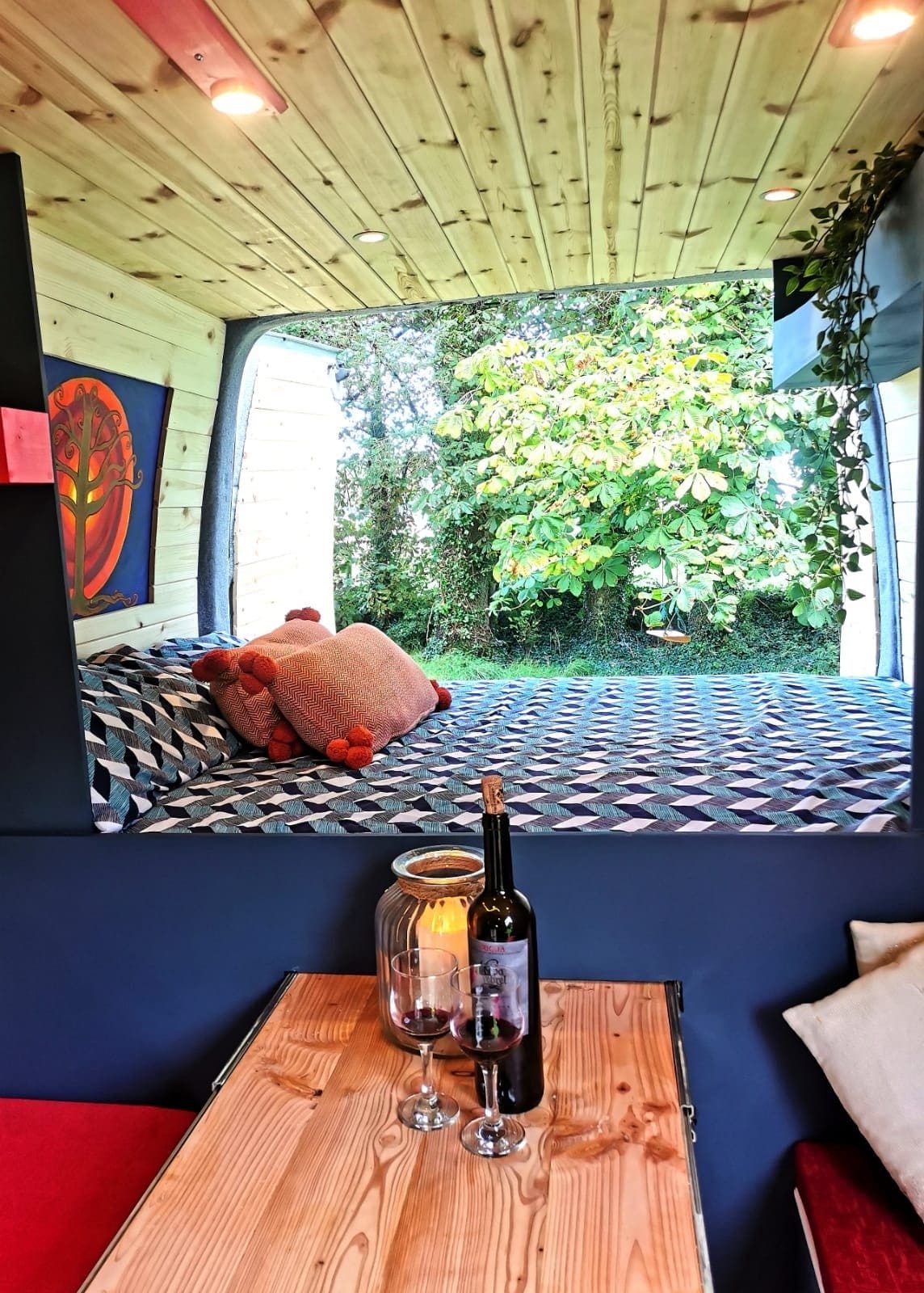
“If you have all those things, then learning what you need to do is all available online. There are step-by-step tutorials.”
Yes, there are lots of videos online and on social media but are they realistic? Or are they all for show?
“The inspiration that’s online is great, it gives a lot of people ideas, but a lot of the time people feel like they need all of this equipment in their van, which is really expensive. A lot of the time they don’t,” says Enda.
Make sure you are smart about what guides you follow and ask around to see what other people have looked at or have researched.
How much does a professional campervan conversion cost?
The information you’ve been waiting for – the cost.
“Generally, for us to build out a van for you, you’re looking at an average cost of between €17,000 and €22,000. That includes everything, except the cost of the van.”
“It includes all paperwork, the windows, layout of your choice, heating, plumbing, gas, woodwork, storage, beds, roof lights, all the electrics.”
Enda says once they have agreed and signed off to commence the work on the van, Oldboy Campers look after everything from there.
“The client can then choose to upgrade in certain areas, such as adding a bigger fridge, more battery storage, an oven and so on.”
I asked Enda if it would be more expensive to do the work yourself?
“Oh absolutely not, no. The main expense on getting someone else to build out your van is paying their labour, their expertise and their service. It’s the same scenario as getting a plumber or carpenter in to your house.”
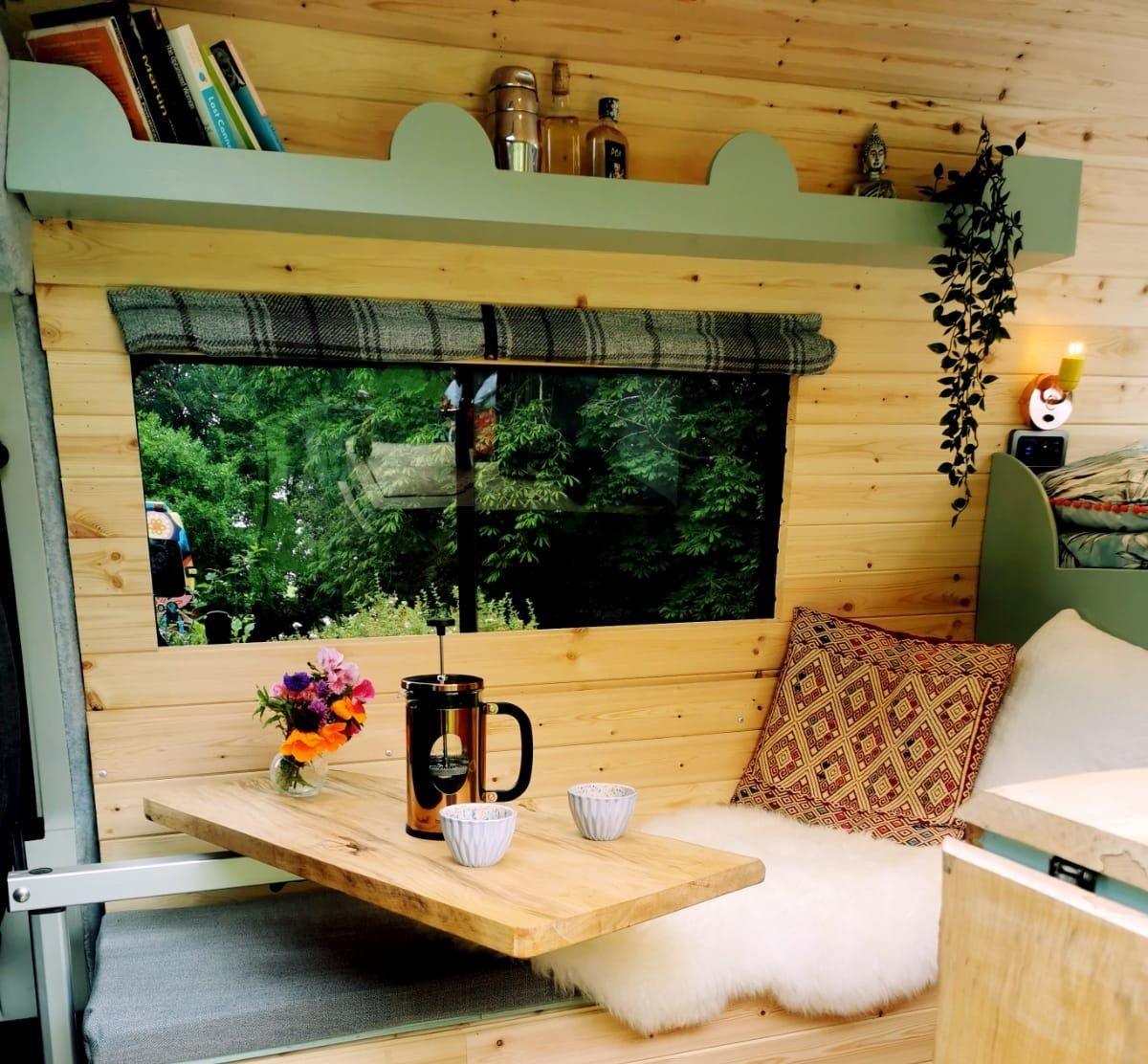
Rules and regulations to convert a van to a campervan
If you are renovating the van all by yourself, you will need to know what paperwork is involved. Once you have built the van and you are ready to get it out on the road, there are steps you need to follow to ensure this is done as safely and as quickly as possible. It can be tricky and confusing, but don’t worry, here is exactly what you need to know.
Requirements
Firstly, you will need to get a Suitably Qualified Individual (SQI) to inspect the campervan to ensure that is safely built. They will then issue a cert to say it is safe and they will give you forms to send to Revenue.
The next step is booking a Commercial Vehicle Roadworthiness Test (CVRT). You can do that here.
Once you have booked the test, you will then need to send your documents to Revenue. This includes photos of your campervan, the SQI report, a declaration of conversion (the SQI will give you this – it’s the estimated total cost of the conversion) and a copy of all the receipts collected when converting the van.
Tax and Registration
You should receive confirmation (about 10 days later) that Revenue are happy with your conversion and they will request Vehicle Registration Tax (VRT). This is the tax you must pay when first registering a motor vehicle. You can send the VRT by bank draft and post.
Revenue will then confirm that they received the payment and will issue a confirmation of assessment of declaration of conversion form.
Next is insurance. A lot of insurance companies have height and weight requirements before insuring the van, so make sure to shop around and do your research. Keep in mind that insurance will vary from person to person, campervan to campervan.
Insurance
You will also need to ensure the motor tax is sorted. Bring the campervan to your local office for inspection. You will need to bring the original Vehicle Registration Certificate (VRC) and sign the RF111 form. You will then pay the motor tax and receive the new logbook for the vehicle. This will state that the class has changed from Commercial (C) to Campervan (M1).
The Test
When all of these steps are complete, you will need to sit the CVRT.
You can drive a van on a standard category B licence, as long as the maximum authorised mass (MAM) is under 3,500kg and it’s not designed to carry more than 8 passengers. Heavier vehicles require a category C licence.
For more information about registration, tax, insurance, licences and vehicle registration certificates (VRC), see the RSA website.
Make sure you are always prepared with AA Membership. It covers you 24/7 whether you’re a driver or a passenger, meaning that we cover YOU.
Will you be driving on a motorway? We have the answers to some common motorway questions here. Or, are you buying a used car? Don’t risk buying it with outstanding finance.





